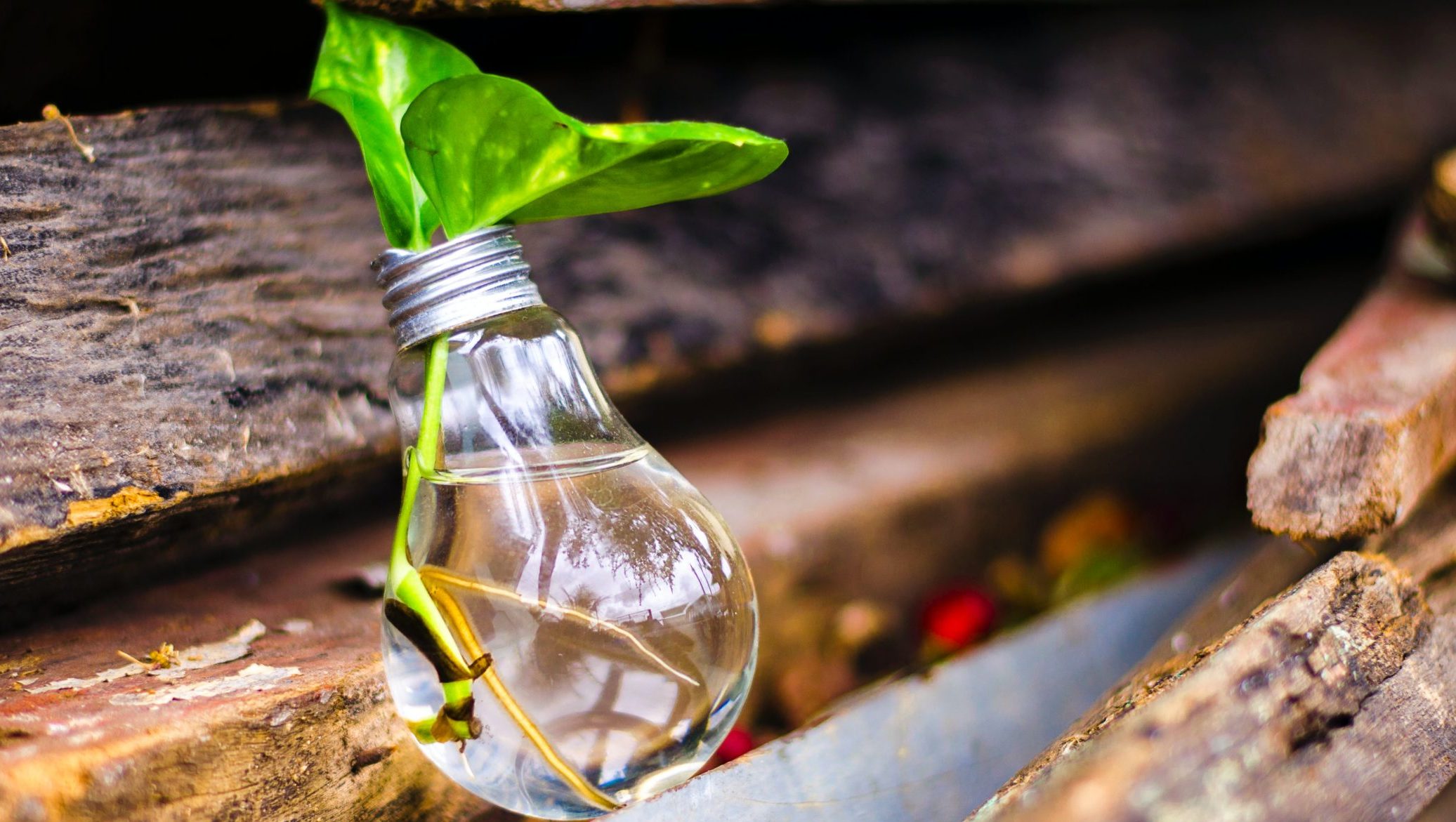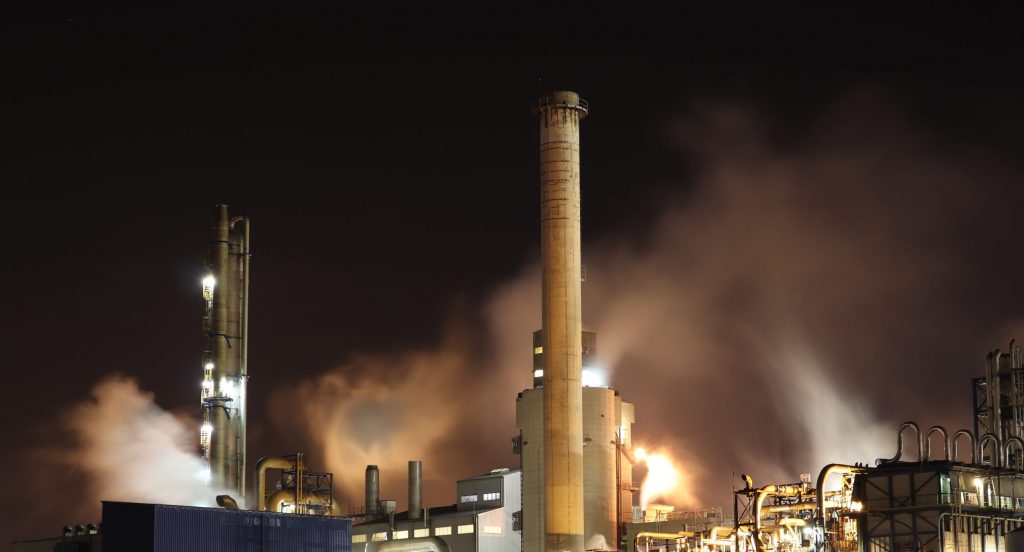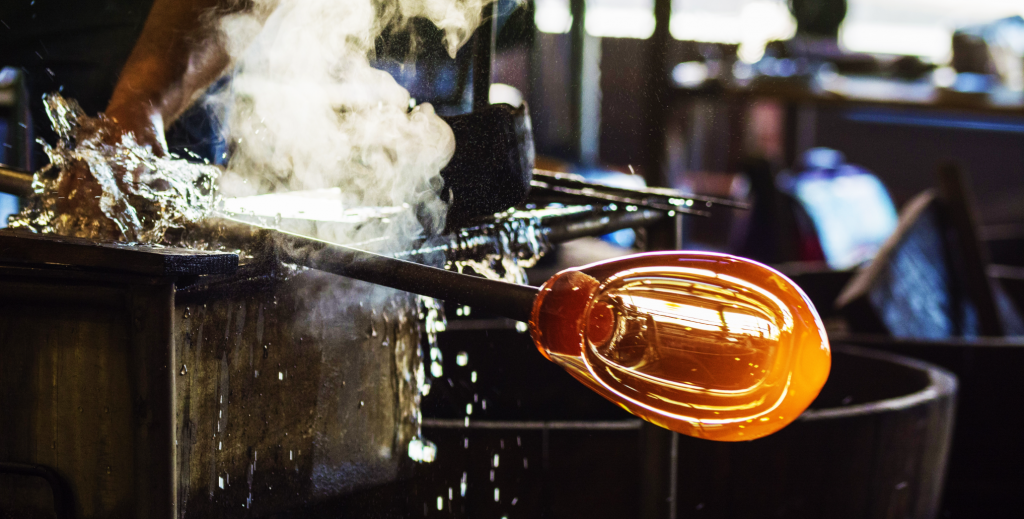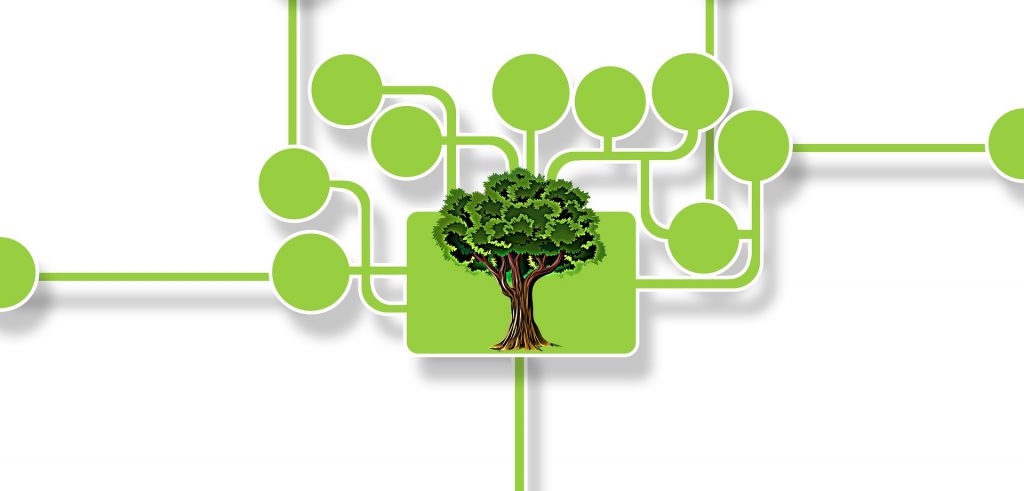That relaxing morning shower comes at a cost: 95 liters (25 gallons) of water down the drain. Multiply that by 90 million people, and more than 8.7 million liters is used every day. One 10-minute shower each morning is the equivalent of at least 100,000 glasses of drinking water every year, according to U.N. estimates.
The U.N. Food and Agriculture Organization says the largest share — 69 percent — of the world’s annual water use goes to agriculture, primarily irrigation, while industry accounts for 19 percent and households 12 percent.
Egypt uses more than 80 billion cubic meters of water annually, including 2.5 billion cubic meters lost in evaporation, according to the state-run newspaper Al Ahram. The country’s per capita water supply has fallen by nearly half, from 1,000 cubic meters in 1995 to 570 in 2017.
According to the U.N. World Water Development Report 2019, severe water scarcity affects about 4 billion people—nearly two-thirds of the planet’s population—at least a month each year. “Freshwater is a precious resource in many parts of the world, one that is increasingly under threat due to overconsumption, climate change and pollution,” says Lis Mullin Bernhardt, a freshwater expert with the U.N. Environment Programme.
Thinking big
In Egypt, water use by industry more than doubled from 2.2 billion cubic meters in 2000 to 5.4 billion cubic meters in 2015, Al Ahram reported. Accordingly, businesses are actively investing to reduce their use. Juhayna Food Industries, one of the largest juice and beverage companies in Egypt, in cooperation with TIA Germany, spent EGP 40 million on wastewater treatment equipment that can process more than 1 million liters of clean water per day.
“Industrial waste is usually sent back to the system without being purified because it is a very costly process, but across our four operating factories we have employed sustainable consumption and production patterns,” says Juhayna’s Associate Director of External Communication, Passant Fouad.
As part of the U.N. Industrial Development Organization’s (UNIDO) MED TEST II initiative, Juhayna began applying best practices in resource efficiency and integrated environmental management systems to increase its productivity and profits, while reducing its environmental impact. Fouad says managers typically are given a specific task and required to develop a team and communicate the goal to all plant employees.
Through the MED TEST II project, consultants identified nine measures to optimize energy and water efficiency in the production of orange juice and concentrates at Juhayna’s El Marwa Plant.
The measures save about EUR 144,000 annually on an investment of EUR 333,000, says Juhayna Food Industries Manufacturing Director Martin Lomas, adding that water use in the process was cut in half, saving about 45,000 euros annually.
Water conservation measures implemented by the plant include technologies such as reusing orange condensate from its evaporator for washing fruit, reusing the second-rinse water for the first rinse cycle, and reusing rinse water from the final clean-in-place in the prewash phase of the subsequent cycle, explains Lomas.
In addition, a simple heat exchanger was designed to both cool products and preheat fruit during the pasteurization process, Lomas adds.
Juhayna’s El Dawleya plant, one of the largest industrial complexes in the MENA region, produces and packages fresh juices and drinks, including Juhayna Classics, Pure, Bekhero, and Oriental beverages. The MED TEST II project identified measures that cut water consumption by 25.3 percent, or about 93,000 cubic meters per year, which saves the company about EUR 26,000 annually. Juhayna spent about EUR 86,000 to implement the measures.
“The MED TEST II project offered us the possibility to look at our processes in a different way, “ says Lomas. “Challenging our standard procedures enabled us to reflect and find better ways to save resources and reduce costs. What we have learned at Dawleya will now be replicated across other plants, and perhaps the biggest impact has been to open up a dialogue about potential opportunities and how to take advantage of these opportunities.”
While the mindset of workers is cited as a challenge to implementation, Fouad says that all plant employees are kept in the loop. “There is signage in the plants to act as a reminder,” she says. “And some members of maintenance and production teams who are the main drivers and owners of projects receive specialized training to ensure the monitoring and management of such systems.”
In industrialized nations, businesses consume more than half of the freshwater available for human use, according to Alliance Energy Corp. Accordingly, many corporations such as Al Ahram Beverages Company (ABC), a member of the International Heineken group, Nestlé and Procter & Gamble implemented water conservation programs worldwide that have garnered employee support and yielded significant energy savings in addition to supporting environmental sustainability and good stewardship.
To save water, ABC signed last year an MOU with the Egyptian Holding Company for Water and Wastewater, the Beheira Company for Water and Drainage and the GIZ to conduct a pilot project in Beheira. This is the first time ever that ABC signs an official agreement with the government. Through this MOU, ABC will fund the provision of measuring equipment through which water leakages are detected and fixed.
Water leakages are the main reason for low water supply and day time water shortages in Egypt, according to Shams Eweiss, ABC’s head of corporate affairs says. Last year, ABC consumed 56 percent less water to produce each litre of beer since 2008,Eweiss says.
“In 2017, the company was able to cut its average water consumption by 19 percent since 2016 through water saving initiatives,” Eweiss adds.
 Stick to the plan
Stick to the plan
Another successful example of water conservation is Nestlé Egypt, which has achieved its goal of reducing its water consumption by 35 percent compared to 2010. The company exceeded that metric under the leadership of Factory Manager Osama Abdel Hameed, cutting its water use by 67 percent in the past decade.
“We recognize the world is facing a growing water challenge and that responsible management of the world’s resources by all water users is an absolute necessity,” says Khaled Fahmy, Nestlé Egypt’s safety, health and environment manager. With population growth and climate change making water scarcer and more precious, wise use is a key to remaining profitable, he adds.
As one of the world’s largest food and beverage companies, Nestlé says it can make a significant contribution to help to conserve water not just in factories, but in supply chains and offices.
Nestlé Egypt was able to reduce its water use through a number of DMAIC (Define, measure, analyze, improve, control) projects, a data-driven strategy used to improve processes. The company saved a total of more than 48,000 cubic meters over the past 10 years through optimization of cleaning activities and the application of effective saving programs.
Nestlé has continuously improved water efficiency and the quality of discharged effluents at its 6th October plant, guided by a well-established environmental road map process that sets challenging targets. “We allocate financial resources to enable the implementation of solutions to achieve those targets,” says Fahmy.
At the factory, employees work to ensure that activities respect local water resources and guarantee that water discharged into the environment is clean. “We engage with suppliers to promote water conservation, especially among farmers, and reach out to others to discuss challenges pertaining to access to water,” says Fahmy.
He further notes that Nestlé also incorporates minor conservation steps, such as the installation of automatic taps with photovoltaic sensors and the immediate reporting and repair of leaks. Such relatively small actions can have a big impact in the long run, he says, adding that training and education remain crucial when it comes to changing the mindset and habits of employees.
Nestlé focuses on a “Three R” approach (Reduce, reuse, recycle) and regularly conducts sessions on environmental responsibility and commitment expected of all workers, Fahmy explains.
Moreover, the company has been keen to try new methods and technologies to clean the factory using controllers that regulate the timing of irrigation to avoid excessive evaporation during the midday heat. Early next year, Fahmy says, Nestlé will be recycling and reusing wastewater for irrigation of the factory’s green areas.
However, he notes that recycled water will be used only for watering green areas at the 6th of October factory. “It won’t be feasible for recycled water to be used as an input in the production as a raw material due to the high cost of treatment to achieve food-grade water quality,” he explains.
Nestlé has reduced its direct freshwater use per ton of product in every category. It consumed 60,116 cubic meters of water last year, compared to 108,317 cubic meters in 2010, says Fahmy. The rate of consumption reached 1.66 cubic meters per ton in 2018 compared to 4.67 in 2010. Nestlé Egypt spent EGP 470,000 on water in 2018, in addition to EGP 70,000 annually on water treatment.
“Despite currency devaluation, we maintain a flat cost of production per ton last year of EGP 7 per kilogram. This was achieved by limiting consumption to a rate of 1.66 meter cubic meters per ton,” says Fahmy.
Sustainable for consumers
For American multinational consumer goods producer Procter & Gamble, consumer choice is an important motivation for improving water practices.
The company, which produces brands including Ariel, Tide, Downy, Fairy, Head & Shoulders, Pantene, Pert Plus, Crest and Olay, aims to provide people with innovative water-saving technologies and support them with information enabling them to save water when using P&G products, says Tamer Younes, head of corporate affairs for North Africa and the Levant. “Raising awareness is critical because, through the life cycle assessment of our products, we’ve found the consumer use phase is the most water-intensive part of a product,” Younes adds.
In 2017, P&G began producing concentrated liquid detergent that are high in chemicals but need less water to use. In the United States, the company is testing a new detergent in capsule form that should use much less water compared to other detergents. “Saving water should be easier for everyone. When we produce with less water, the final products are smaller in size, making them easier to store and transport,” Younes says, adding that conservation also reduces the cost of production which leads to lower prices for consumers.
The reality, he said, is “climate change is no longer a distant threat” and “as a big global brand, we know we are part of the problem, but we really want to be part of the solution.”
 [HED] How Egyptians can save water at home
[HED] How Egyptians can save water at home
Egyptians are blessed with a steady supply of water, a privilege that is sometimes taken for granted. But many fear the country’s water supply is in danger as Ethiopia starts filling the reservoir behind the Grand Renaissance Dam on the Blue Nile river.
Officials say Egypt currently has about 570 cubic meters (150,000 gallons) of water per person per year. Hydrologists consider a country to be facing water scarcity if its supply drops below 1,000 cubic meters per person annually. Egypt’s figure is expected to drop to 500 cubic meters by 2025 without taking into account the impact of the dam, which the government says will lower water levels further even though Ethiopia says it has taken into account the needs of Egypt and Sudan.
The average daily consumption by an Egyptian is roughly 300 liters compared to 133 liters in Germany, 135 in Australia and 153 in Canada, according to the Save Egypt’s Water initiative. They estimate that it takes about 1,800 liters of water to wash a car with a hose, a quantity that can satisfy the needs of a family of three for a month.
Business Monthly conducted a water consumption survey of 50 households to address the question of how water is used and what families are doing to conserve. It found that 26 households spend more than EGP 3,000 per year on their water bills, 18 spend between EGP 1,000 and 3,000, and only six spend less than EGP 1,000.
Ten out of 50 respondents believe Egypt will face a water shortage by 2025 as has been widely reported.
Meanwhile, 31 respondents said they think it is important to save water, yet only 24 said they had actually taken steps to do so.
Those surveyed identified what they have done to conserve water, including purchasing high-efficiency washing machines, regularly checking for leaks, taking shorter showers and closing the tap while brushing their teeth.
According to the Save Egypt’s Water initiative, reducing daily shower time by one minute can save 240 liters per month. Moreover, a leaky faucet with one drip per second can waste 11,000 liters per year.
Others surveyed took more proactive measures, such as watering gardens only at night or light spraying by hand in the morning. One woman said her water bill was 25 percent lower after she reduced pressure for every tap in the house. Another reported reusing non-soapy water in her cleaning of garden plants accounted for 80 percent of her consumption.
31 respondents, however, mentioned they do not share their water-saving tips with other members of their households.
Those who do, reported tips such as asking family members to close taps when not needed, asking children not to stay long in the shower, and urging housekeepers to wash cars with a bucket rather than a hose.
Finally, the survey found that protecting the environment is a much bigger motivator than saving money.







